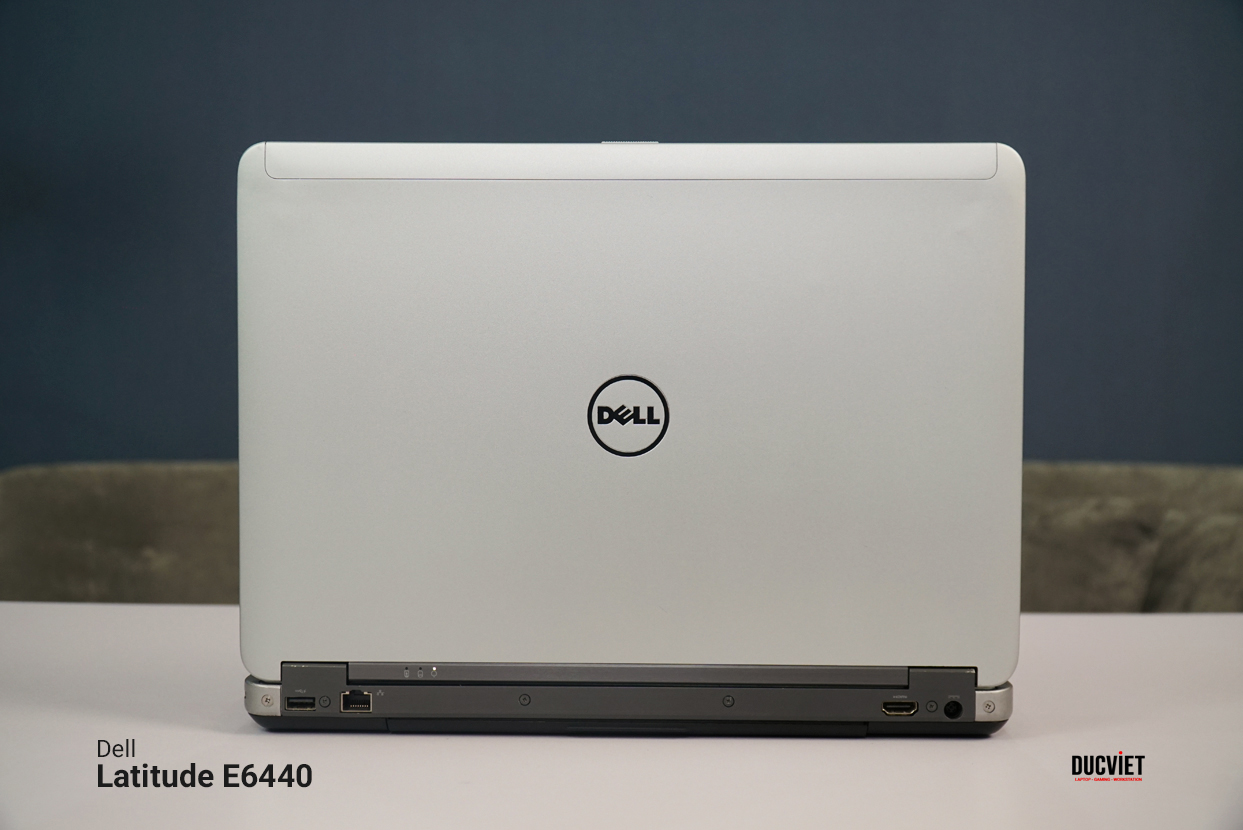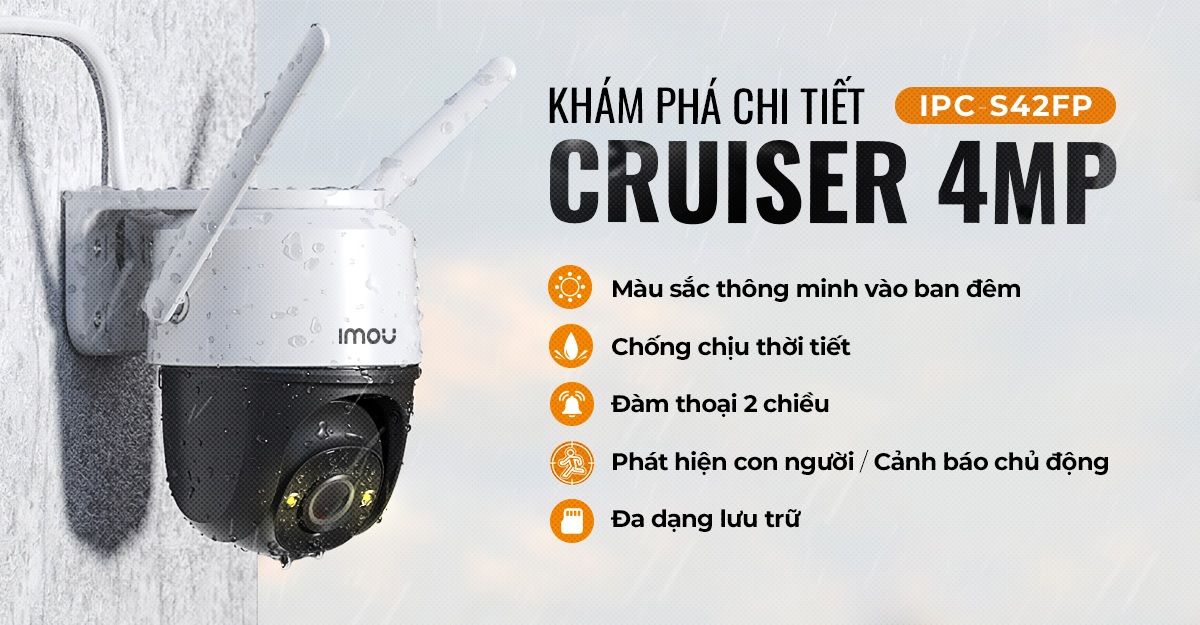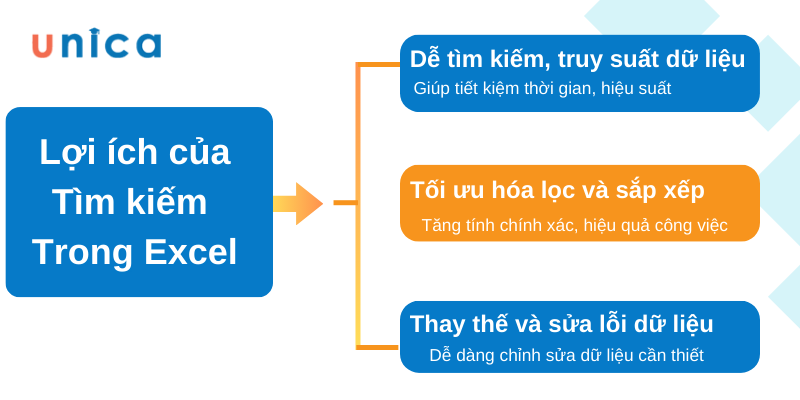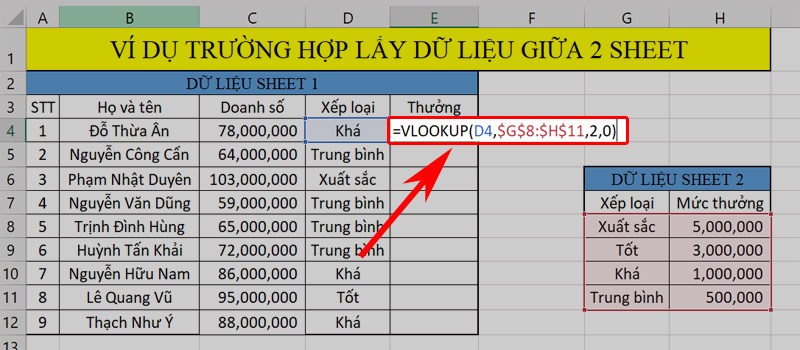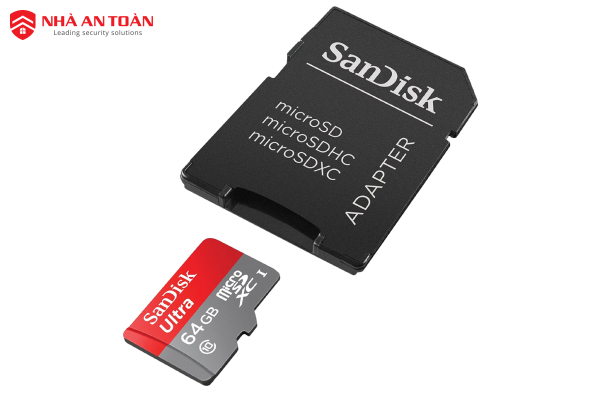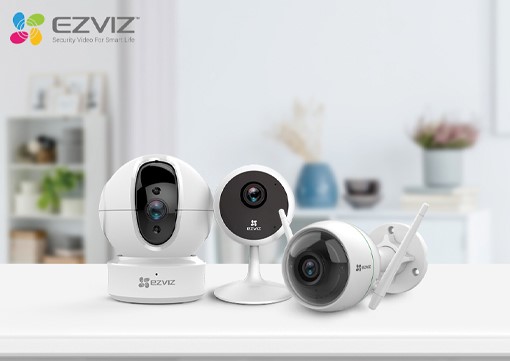It would be hard to imagine a contemporary house without windows. Over the centuries, however, they looked completely different and gradually gained significance as architecture developed. Today, we tend to go for large glazed surfaces that look spectacular. Yet when it comes to choosing the right window joinery, it is not only about the looks, what also matters is the performance parameters. When buying a new product, we should therefore think about the energy efficiency criterion. Why?
Modern windows have to be characterized by good thermal insulation properties. It is a legal requirement regulated, for instance, by the Technical Conditions for buildings and their location, introduced in 2021. They make the windows meet the energy efficiency and environmental requirements. This is the direction in which the entire European Union is headed, but most importantly, it is a solution favourable also from the economic point of view to every user of “warm” window joinery. Choosing energy-efficient products, we pay lower heating bills in the winter season, which is of no small importance to the family budget in the era of such dynamic increases of heating fuel prices.
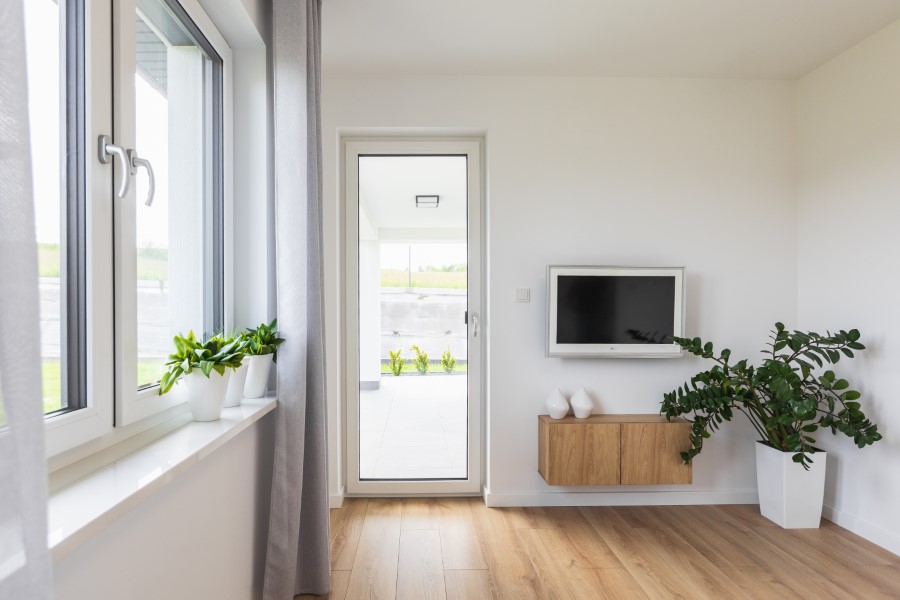
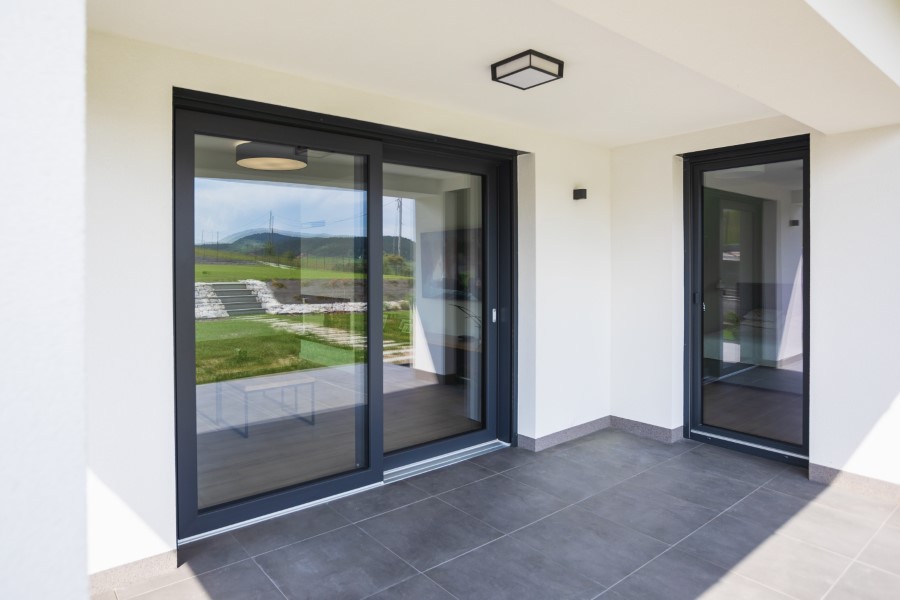
What elements of the window are significant to its thermal properties?
The thermal efficiency of windows depends primarily on the parameters of the glazing units and frames used. This is why, when choosing window joinery, we should focus mainly on the Uw thermal transmittance factor (it tells us how much heat is transmitted through 1 m2 of the window surface when the difference between the temperatures inside and outside is 1 K) - the lower it is, the better. The Uw value of 0.9 W/m²K is the absolute minimum. There is no reason, however, not to buy an even warmer product - it is an investment that will more than pay for itself in the future. It is also important to ensure proper installation of the windows, so that there are no thermal bridges at the contact between the frame and the wall, which would contribute to uncontrolled heat loss from the rooms and, consequently, their cooling. Properly installed windows will also prevent the building from overheating in the summer.
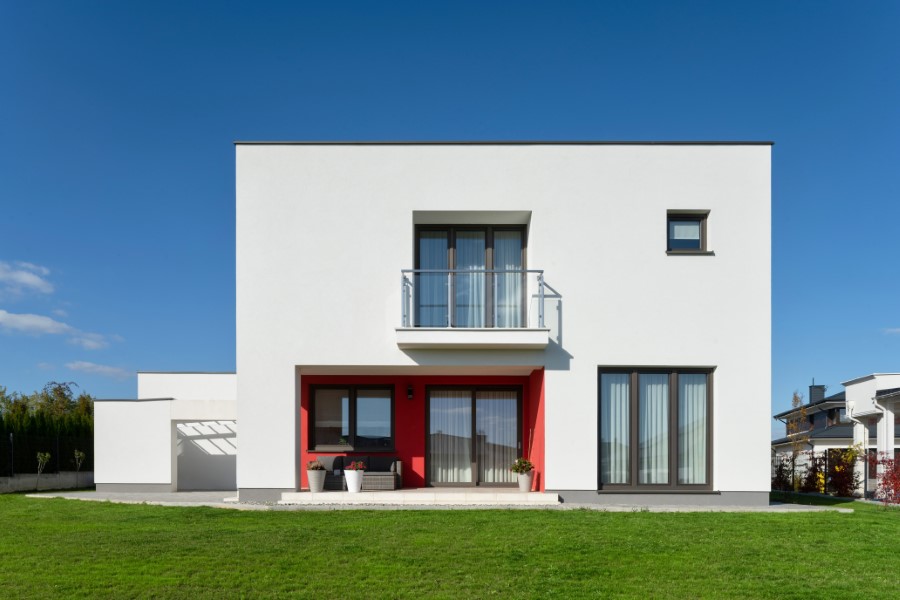
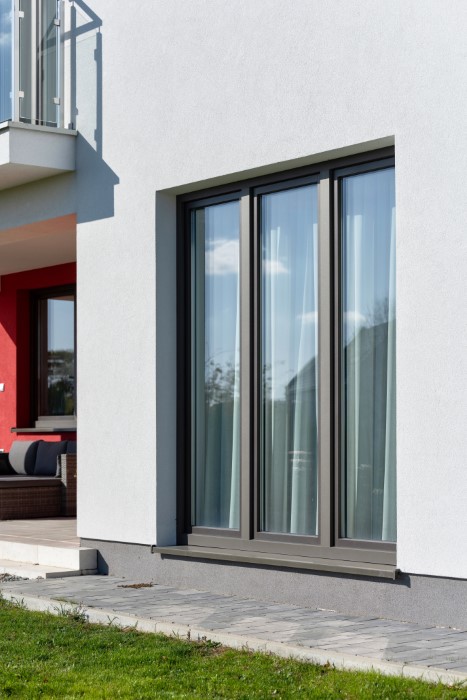
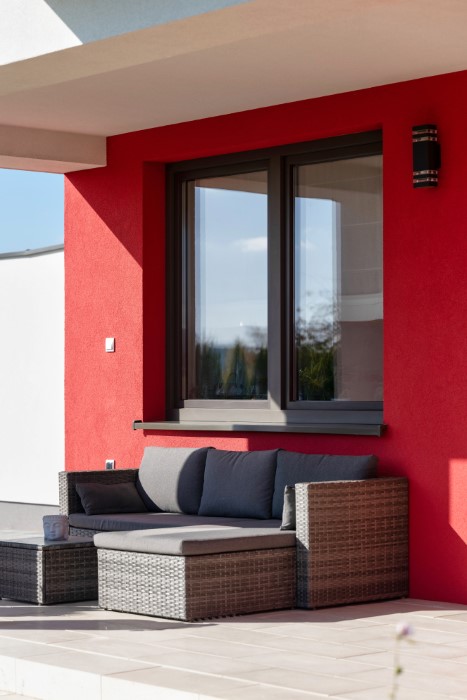
One of the perfect solutions in this respect is the WISNIOWSKI PVC PRIMO 82 triple-glazed window, which is up to 36% warmer than the double-glazed versions. The thermal transmittance factor for this model starts from 0.76 W/m2K.
A smart home simplifies energy management
Apart from energy-efficient windows, we can also save energy at home with smart home solutions. For instance, we may program external roller shutters so that they react to changes in the weather conditions. In the summer, when the temperature inside exceeds 25°C, the roller shutters will close automatically. This will limit the need to use energy-consuming air conditioning systems. In the winter, in turn, the sun acts as an additional source of heat. Roller shutters fitted with WISNIOWSKI’s smartCONNECTED system may open to let more heat inside and close when the sun sets, in order to maintain the temperature. It is worth taking a closer look at the products offered by this Polish manufacturer also on account of its eco-friendly approach at every production stage. The company optimizes energy and water consumption. It also uses natural lighting in its factory halls and office building.
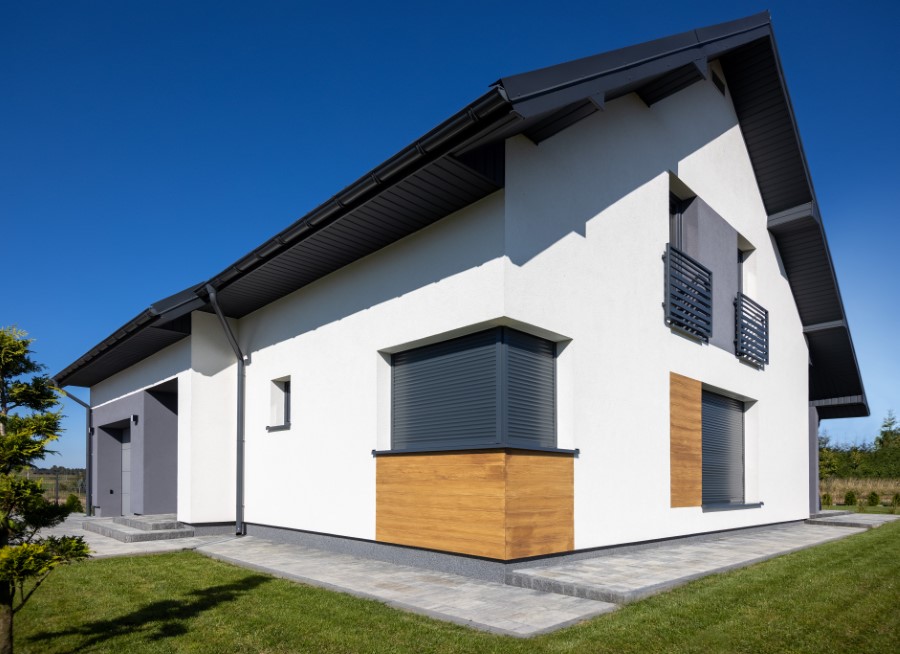
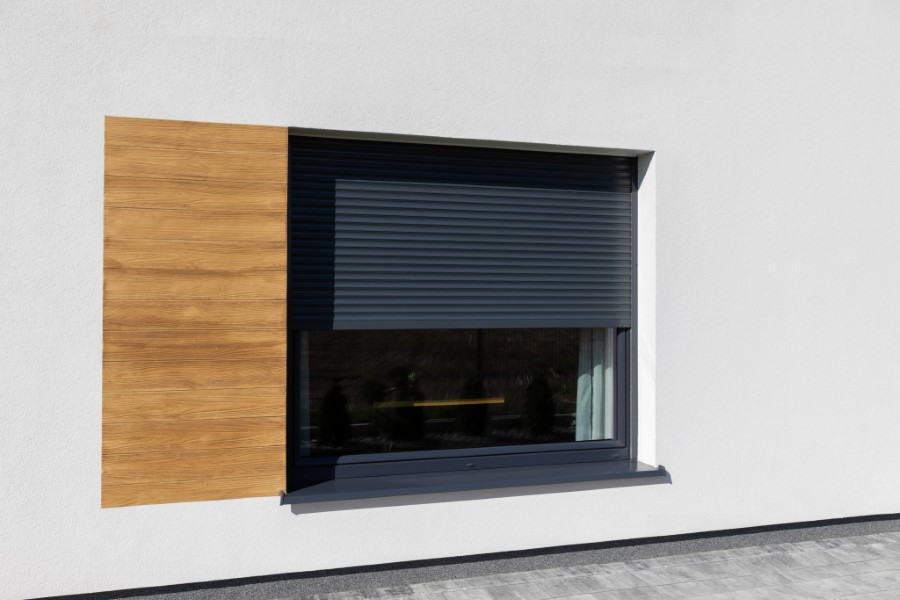
Good thermal parameters should be the primary criterion for choosing the right type of windows. Investing in energy efficiency pays off, so it is always a good idea to consider purchasing technologically advanced solutions with a low thermal transmittance factor, preferably from a Polish manufacturer to support the country’s GDP.




